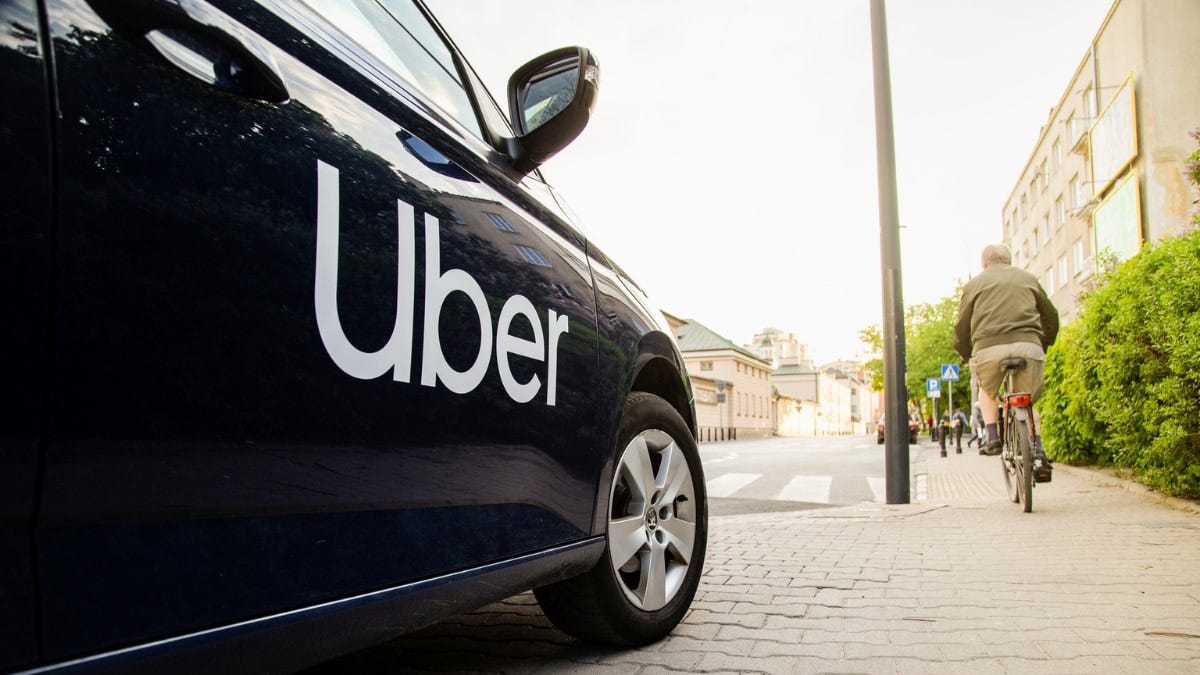Design Uber – System Design Interview
The concept of ride-hailing has transformed how we travel. Platforms like Uber, Lyft, and Ola seamlessly connect riders with drivers through intuitive smartphone apps.
By simply entering a destination and tapping a button, users can summon a nearby vehicle and monitor its arrival in real time.
However, building such a service at scale involves more than just connecting drivers and riders. Behind every “Request Ride” tap lies a sophisticated system coordinating real-time driver matching, efficiently finding nearby drivers, high-throughput data processing, dynamic pricing, and payment workflows.
In this article, we will explore how to design an Uber-like system that can handle millions of rides every day.
We’ll walk through every step of the design—from requirements and high-level architecture to database and API design. Finally, we’ll take a deep dive into core use cases like how to efficiently find nearby drivers.
1. Requirement Gathering
Before diving into the design, lets outline the functional and non-functional requirements.
Functional Requirements:
-
Ride requests: Riders should be able to input their pickup and destination locations and request a ride.
-
ETA/Fare Estimation: The system should provide an estimated time of arrival (ETA) and estimated fare to riders before they confirm the booking.
-
Driver-rider matching: The system should match riders with available drivers who are in close proximity.
-
Accept/Decline: Drivers should be able to accept or decline incoming ride requests.
-
Driver tracking: Once a rider is matched with a driver, the rider should be able to track the driver’s location and view the estimated time of arrival (ETA).
-
Ratings: Both riders and drivers should have the ability to rate each other after a ride is completed.
-
Payments: The user should be able to complete the payment after the ride is completed.
Non-Functional Requirements:
-
Low latency: The system should provide real-time location updates and fast driver-rider matching.
-
High availability: The system should be up 24/7 with minimal downtime.
-
Scalability: The system must handle peak loads (e.g., New Year’s Eve, sporting events).
2. Capacity Estimation
Assumptions
-
Total Users: 50 million riders, 5 million drivers
-
Daily Active Users (DAU): 10 million riders, 1 million drivers
-
Peak concurrent users: 1 million riders, ~100,000 drivers (assuming 10% of DAUs are active at peak hours)
-
Average Daily Ride Requests: 10 million globally
-
Peak rides per second (RPS): ~5,000
Location Updates
-
A driver sends a location update every 3 seconds while active.
-
Assuming 100,000 active drivers at peak time:
-
Location updates per second: 100,000 / 3 ≈ 33,333 updates/sec
-
Data Storage Estimation
User & Driver Profiles
-
Rider profile: ~2 KB per user (name, email, phone, payment method, preferences)
-
Driver profile: ~5 KB per driver (vehicle details, license, payment details, ratings)
-
Total storage for 50M users: (50M × 2 KB) + (5M × 5 KB) = (100 + 25) GB = 125 GB
Ride Data
Each ride stores:
-
Ride ID (UUID) → 16 bytes
-
Rider ID, Driver ID → 8 bytes each
-
Start & end location (lat/lon) → 16 bytes
-
Fare, pickup/dropoff time → 24 bytes
-
Status → 8 bytes
Total ride entry size: ~80 bytes
-
Total daily rides: 10M
-
Storage per day: 10M × 80 Bytes = 800 MB
-
Storage per year (365 days): ~300 GB
Network Bandwidth Estimation
Each API call (ride request, driver update, fare estimation, etc.) contributes to network usage.
-
Ride requests per second: ~5,000 RPS
-
Driver location updates per second: ~33,333 RPS
-
Total peak API requests: ~40,000 RPS
Assuming an average API payload size of 5 KB, network bandwidth usage at peak:
-
40,000 RPS × 5 KB = 200 MB/sec


